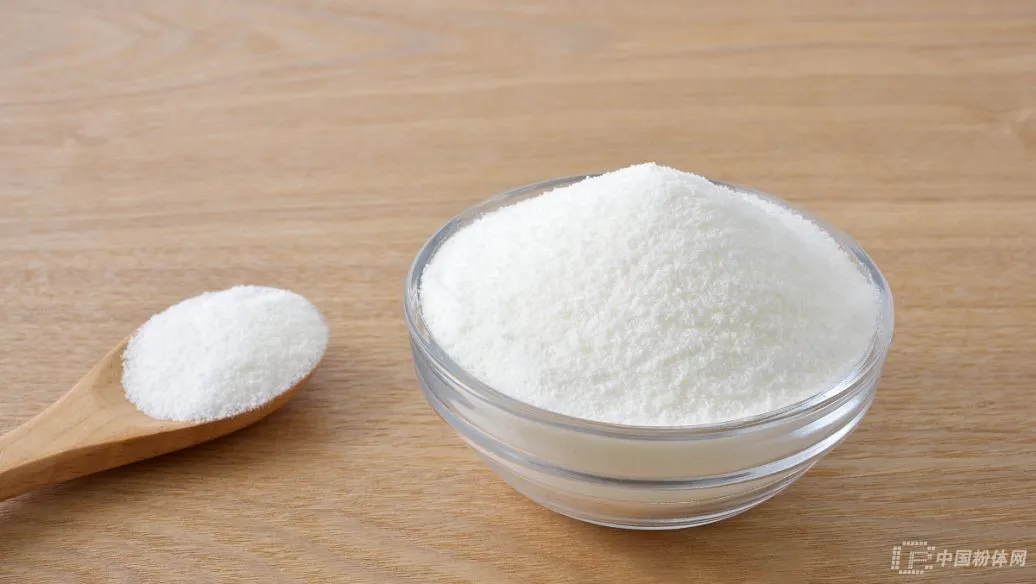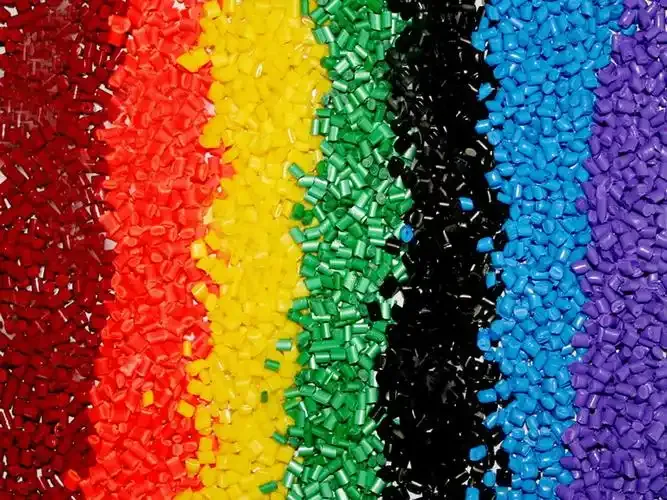
Oct . 28, 2025 11:10 Back to list
Titania TiO2 Supplier: High-Purity, High Whiteness Pigment
Titania Tio2 for Plastic Masterbatch: field notes from the shop floor
If you spend time in compounding rooms, you’ll know how sensitive color lines can be. That’s why I’ve been watching Titania Tio2 closely in the plastic masterbatch space. Produced in Jindi Industrial Park, Dacheng County, Langfang City, Hebei Province, this titanium dioxide family is aimed at masterbatch and general plastics where extreme outdoor weatherability isn’t mandatory. And, to be honest, that’s a huge chunk of day‑to‑day production.

What’s trending right now
Honestly, two currents define the market: higher brightness at lower dosage, and easier dispersion on fast twin‑screw lines. Recyclate compatibility is a close third. Many customers say they want better blue undertone to mask yellowing in PP/PE regrind, but they don’t need rutile-level UV stability. That’s where Titania Tio2 in plastics‑focused grades is carving out room—especially for indoor or semi‑exposed goods, film, and injection parts that won’t live on rooftops.
Technical specifications (typical)
| Parameter | Typical value | Test method |
|---|---|---|
| Crystal type | Anatase (plastics-oriented) | ISO 591-1 / ASTM D476 |
| TiO2 content | ≥ 94–96% | GB/T 1706 |
| Volatile at 105°C | ≤ 0.5% | ISO 787-2 |
| Residue (45 μm) | ≤ 0.05% | ISO 787-7 |
| Oil absorption | ≈ 18–22 g/100 g | ISO 787-5 |
| pH (aqueous suspension) | 6.5–8.5 | ISO 787-9 |
| Average particle size | ≈ 0.25 μm (primary) | TEM/laser diffraction |
| Tinting strength (relative) | 100 ± 5 | ISO 787-24 |
Where it’s used (and why)
- Plastic masterbatch: PP/PE carrier, indoor and short-term outdoor items.
- Coatings and road sign paint (low-weathering classes), paper, rubber, inks.
- Film and blow-molding where dispersion speed matters more than ultimate UV.

Process flow and QA checks
Feedstock selection → grinding & classification → optional inorganic treatment (Al2O3/SiO2) → drying → deagglomeration → packaging (25 kg bags or super sacks). QC uses ISO 787 series (whiteness, residue, oil absorption), GB/T 1706 for pigment quality, and real-world extrusion tests (MFI-matched PP/PE). Service life: indoors ≈ 5–8 years; semi-exposed plastics ≈ 1–3 years when paired with stabilizers—your resin and UV package matter a lot, actually.
Advantages I keep hearing about
- Clean brightness with a mild blue undertone—helps hide slight yellow in recyclate.
- Fast dispersion on twin-screws; fewer plate-outs in many PP lines, according to operators.
- Balanced cost/performance for non-demanding weatherability specs.
Vendor snapshot (real-world may vary)
| Vendor | Grade focus | Lead time | Certifications | Price band |
|---|---|---|---|---|
| CQ Titanium Dioxide (Hebei) | Anatase for masterbatch; optional surface treatment | ≈ 1–3 weeks | ISO 9001/14001 (on request) | Value-focused |
| Global Brand X | Rutile for outdoor + anatase GP | ≈ 3–6 weeks | REACH, RoHS, food-contact variants | Premium |
| Regional Supplier Y | Anatase general purpose | ≈ 2–4 weeks | ISO 9001 | Mid-range |
Customization and packaging
- Tone tuning (neutral vs. slightly blue), dispersion aid levels.
- Optional alumina/silica treatment; carrier compatibility testing for masterbatch.
- Packaging: 25 kg bags or big bags; moisture barriers recommended in humid climates.

Two quick case notes
- Injection PP (white appliance parts): switching to Titania Tio2 reduced masterbatch let-down by ≈ 8% while maintaining L ≈ 98.5; cycle haze dropped slightly (operator-reported).
- Film line (LDPE): with Titania Tio2 and a PE-based carrier, melt pressure stabilized faster after startups; plate-out intervals extended from 6 to ~8 hours.
Compliance and notes
Typical documentation available: ISO 9001/14001, safety data sheets, and REACH/RoHS statements as applicable. For food-contact packaging, verify against EU 10/2011 or FDA 21 CFR listings per batch—specs and approvals can vary by grade and market. I guess the short version is: request the exact certificate set you need before locking in.
References:
- ISO 591-1: Titanium dioxide pigments — Specifications and methods of test.
- ASTM D476: Standard Classification for Dry Pigmentary Titanium Dioxide Products.
- ISO 787 series: General methods of test for pigments and extenders.
- GB/T 1706-2006: Titanium dioxide pigment — Technical requirements (China).
-
Essential Guide to Calcium Powder Quotes – Pricing, Quality & Global Insights
NewsNov.24,2025
-
Reliable Anatase TiO2 Pigment Quotes for Sustainable Industry Use | CQ Titanium Dioxide
NewsNov.24,2025
-
Understanding Lithopone B311 Powder Quotes – Market Insights & Applications
NewsNov.23,2025
-
Reliable 30-50nm TiO2 Powders Quotes for Advanced Industrial Use | CQTitanium
NewsNov.23,2025
-
Comprehensive Guide on Lithopone Red Pigments Quotes | Industry Insights & Pricing
NewsNov.22,2025
-
Comprehensive Insights into the Lithopone Market: Global Trends & Applications
NewsNov.22,2025
